Max Littman, LCSW
July 7, 2025
Some parts stay just out of reach. Not because they’re avoidant or resistant, but because visibility has never been safe. To be noticed has meant to be exposed. To be named has meant to be pinned down, controlled, misunderstood, or punished. So they stay tucked behind protectors, whispering from the shadows instead of speaking boldly, often moving through the body rather than the mouth.
As therapists, we notice these parts. A flash of shame in the eyes. A posture that folds in. A habitual apology. A story that skips over a feeling we can almost sense but not quite name. And when we’re present and open, these moments can feel like invitations. They can feel like possibilities for corrective experiences.
But sometimes, what we experience as an opening is met with a boundary.
The Instinct to Name
There’s a particular kind of therapist impulse that emerges in moments like these—when something in the room feels charged but unspoken. We might lean forward with care and curiosity and say:
“I’m wondering if there’s a part that felt exposed just now.”
Or…
“That sigh—did something come up in that moment?”
Sometimes, this lands. The client pauses, reflects, and turns toward what was just beneath the surface. But other times, it doesn’t land at all. The client goes quiet. Their affect flattens. Or they smile quickly and shift the topic. And then something may shift in us, too.
When the Client Performs, and We React
There are times when a client’s system feels less like a dialogue and more like a performance. Stories arrive neatly packaged. Emotions feel practiced. Self-reflections come quickly and without much texture. Underneath it all, something in the field feels distant or closed off.
And that distance can stir up our own parts.
Parts that feel skeptical or suspicious.
Parts that want to break through the performance and get to what’s “real.”
Parts that feel a sudden urgency to name what we’re seeing.
Parts that feel like they’ve lost connection and need to get it back.
These parts may feel subtle. But if they start to drive our interventions, attunement quietly slips away. We are no longer with the system—we are working on it and we are doing therapy to it.
What’s often missed in these moments is that the performance itself is a protector. And just because we recognize it as such does not mean we have permission to name it.
The Slippery Edge of Somatic Interpretation
This kind of rupture can be especially subtle in somatically oriented work. A shoulder curl. A twitch in the jaw. A shift in breath. These cues draw our attention—not just as data, but as meaning. We might reflect back what we sense:
“I noticed your body moved in when we touched that memory.”
“It felt like your voice got small there—did something tighten inside?”
In some sessions, this deepens the work. But in others, it’s experienced as exposure. The client may not know why they feel off. They just know something got named that wasn’t ready to be named. Their system feels seen—but not with consent. Touched—but not asked.
That’s the moment the relationship can start to feel unsafe.
When Our Noticing Is Ahead of Their Readiness
There’s a difference between what we see and what we’ve been invited to speak into.
There’s a difference between perceiving a part and having permission to address it.
This is especially tricky when the client’s presentation seems polished or performative, and our own parts feel something important is being kept out of reach. A protector might start pushing us to confront. To “cut through” the performance. To challenge what feels inauthentic. But even if that part of us is not loud, its energy can still color the space.
And when our energy changes, so does the client’s. Their protectors feel it. The system may tighten. A wall can go up. And the very thing we hoped to connect with moves further out of reach.
And sometimes, when we do name a protector or dynamic, the system responds not by softening, but by doubling down.
“That’s not a part.”
“That’s just me.”
“You’re reading too much into this.”
These moments often come with a tight, blended energy—directed at the therapist, sometimes with anger, sometimes with contempt, sometimes with icy distance. And they can be disorienting. But more often than not, what we’re encountering is a Self-like part. One that has built its identity around control, insight, even spiritual clarity or therapeutic fluency. It doesn’t want to be named as a part because it feels like it is the Self.
When we meet this energy with interpretation or counterforce, it polarizes further. As some say, a parts war is futile. But when we meet this blended part with humility and gentle curiosity, we give the system a chance to soften and find its own ground.
Experience has shown me that holding this in my awareness with compassion and curiosity, while respecting the boundary, often creates space for Self energy to emerge indirectly—without bypassing a blended, Self-like part that the system isn’t yet ready to name or see.
What Gets Disrupted
When we move faster than the system, there’s often a relational cost. Sometimes it’s subtle, sometimes not.
- Parts that had begun to trust retreat.
- The internal system closes its doors.
- What once felt collaborative starts to feel clinical.
- A client may say, “That makes sense,” but something in them hardens.
Even when the content we name is technically accurate, the process of naming it becomes the rupture.
The Power of Holding Back
Sometimes what is needed is not the naming, but the waiting. Not the analysis, but the staying-with.
When a client performs, we don’t have to match the performance or challenge it. We can stay present to what might be happening beneath it—without needing to name it just yet. When we sense a protector, we can respect the boundary it sets. When we see something that feels like a part, we can track it internally and let the system show us if and when it’s ready for more.
There’s a kind of quiet confidence in not needing to speak everything we notice.
Because that restraint isn’t about withholding—it’s about trust.
Repair When It’s Needed
If we’ve already spoken something that didn’t land, that’s not failure. It’s a chance to show the system we care more about the relationship than being right.
We might say:
“I’ve been sitting with the sense that I may have named something too soon, or without checking if there was permission. If that’s true, I’m sorry and I really want to honor the boundary I crossed and slow back down with you.”
Even if the client brushes it off, something in the system will take that in, especially if it is shared with authenticity and Self energy. Although not guaranteed and not the goal, often something in the client’s system will soften.
Letting the System Lead
I once heard through the grapevine that Dick Schwartz said it’s more helpful to clients if you’re stupid and curious than smart and competent. That feels truer to me with every passing session with clients. When we stay close to what we don’t know, when we let the client’s system show us the way, we’re not just being humble—we’re being trustworthy.
When we can stay with what feels distant, without forcing it closer.
When we can witness what feels rehearsed, without needing it to be raw.
When we can hold what we see, without insisting it be seen.
By doing so, we offer safety without demand.
Not every part is ready to be known. And not every moment asks for insight. Sometimes what is asked for is patience, presence, and a respect for the need to stay hidden.
For feedback and comments, I can be reached at max@maxlittman.com.
I provide private practice mentorship, consultation, and therapist/practitioner part intensives.
